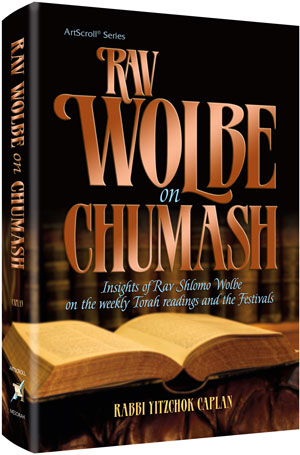Parshas Mikeitz begins with Yosef's interpretation of Paroh's dreams. In light of Yosef's interpretation and subsequent suggestion of how to properly implement this newfound knowledge, Paroh recognized Yosef's leadership qualities and immediately appointed him viceroy to the king; essentially making him the second most powerful person in the world. This was the third time since Yosef's arrival in Mitzrayim that he was appointed to a position of prominence: firstly in Potiphar's house, thereafter in jail, and finally in the Paroh's palace.
Rav Wolbe (Shiurei Chumash 41, 40) explains that this quality of leadership stemmed from Yosef's attribute of kedusha. Kedusha is true dominion, because when it is manifested, everyone automatically subjugates themselves. This same virtue is attributed to Moshiach, and when he reveals himself the entire world will submit to his dominion.
There is another connection between kedusha and kingship. The Maharal explains that there must always be a certain level of separation between the ruler and his citizens. Similarly, kedusha is defined by being separated from everything around it. As the Torah tell us, "You shall be holy for Me since I am holy, and I have separated you from the nations" (Vayikra 20, 26).
Kedusha is also what defines the difference between Bnei Yisrael and the Greek culture, and hence it is the key to understanding the Yom Tov of Chanuka. Greek culture revolved around the adulation of beauty. This manifested itself in their creation of statues, their sports and the various aspects of speech, art and song that make up what Chazal refer to as "Chochma Yevanis" (Greek wisdom).
However, for Jews statues are generally forbidden, their sports were shunned productions of promiscuity, and Chazal forbade studying Chochma Yevanis. Does this mean that Judaism detests beauty? The answer is no! As a matter of fact the Torah tells us that the beauty of the Greeks will reside in the Beis Medrash of the Jewish people. Thus the Torah may be translated into Greek because, aside from Lashon Haskodesh, it is the most beautiful language. Additionally, the pasuk tells us to prostrate ourselves, "in the splendor of holiness" i.e. in a beautiful Beis Hamikdosh. We also find that Yosef, who epitomized the attribute of kedusha, is described by the Torah as being exceedingly handsome. There is no coincidence here. Where there is kedusha, there is beauty. While the beauty of the Greek culture stems from a love of the physical, in contrast, the beauty of the Torah stems from kedusha - separating oneself from the physical!
The Torah writes that Sarah lived to be "one hundred years and twenty years and seven years." Chazal tell us that the Torah divided Sarah Imeinu's years into three parts, to teach us that at age one hundred she was pure without sin like a twenty year old, and when she was twenty she was as beautiful as a seven year old. Such a description is difficult to understand. Is a twenty year old not usually perceived as more beautiful than a seven year old? The answer is that true beauty comes as a result of kedusha, and at age seven a child is generally free of sin, and therefore closer to kedusha, than a twenty year old!
True beauty is not perceived by focusing on the physical, but rather, by causing the physical to be subservient to kedusha!
A Freilichin Lichtege Chanuka!


No comments:
Post a Comment